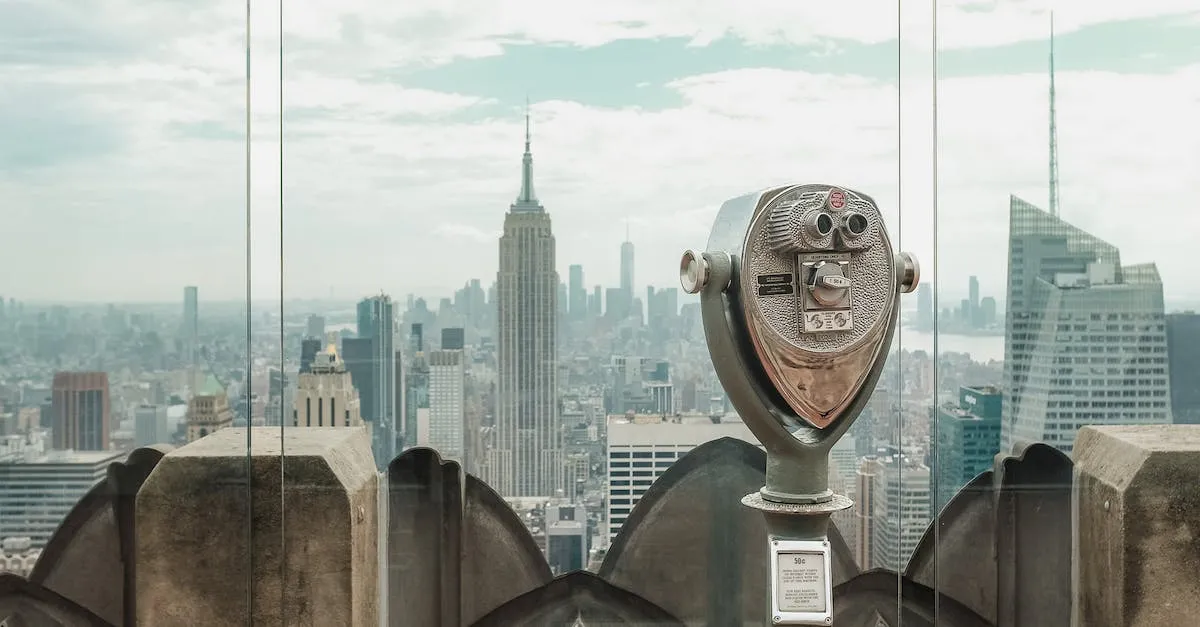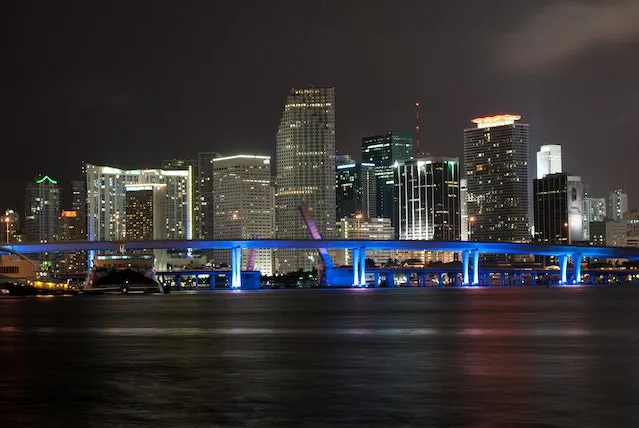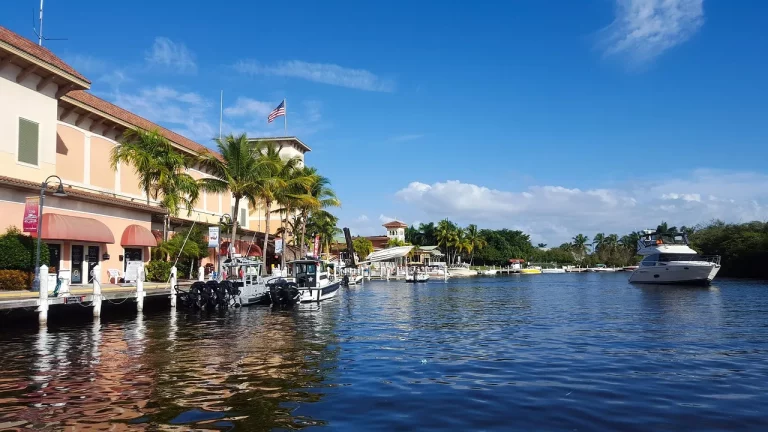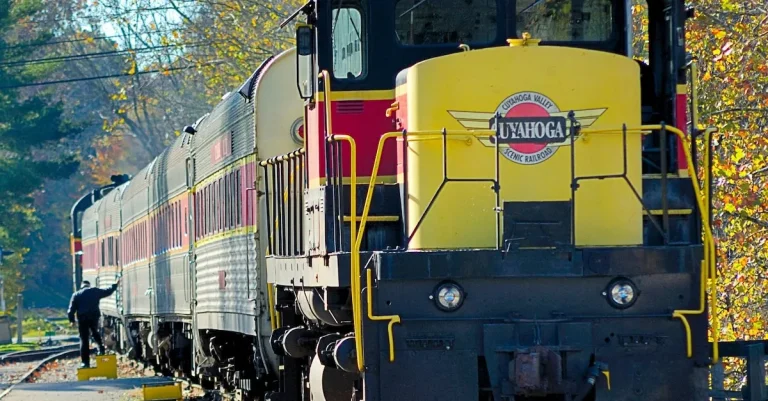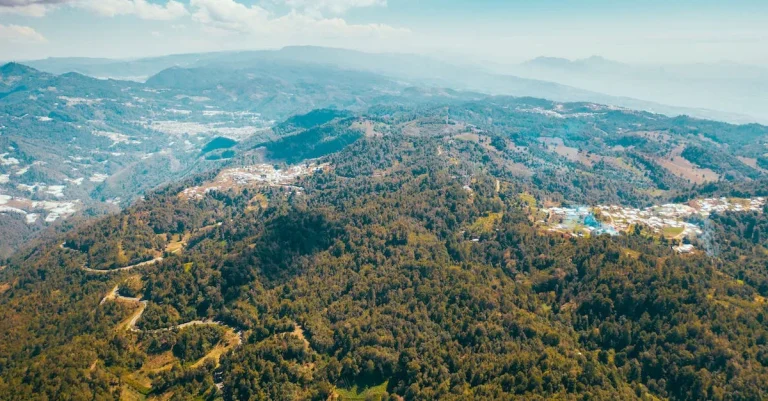Five Points, New York Today: How The Infamous Neighborhood Has Changed
If you’re wondering what Five Points, New York is like today, the short answer is that it no longer exists. The notorious 19th century slum was razed and redeveloped into modern day Chinatown and Civic Center in Manhattan.
In this comprehensive guide, we’ll explore the history of Five Points and how it gained notoriety as a dangerous, impoverished area in lower Manhattan. We’ll then explain what led to its demolition and how the neighborhood was rebuilt into the vibrant communities that exist there today. You’ll also learn about efforts to preserve the history of Five Points for future generations.
Brief History of Five Points
Five Points, located in Lower Manhattan, has a rich and fascinating history. Once considered one of the most notorious neighborhoods in New York City, it has undergone significant transformations over the years.
Understanding the origins, peak years, and living conditions of Five Points helps shed light on its evolution into the vibrant neighborhood it is today.
View this post on Instagram
Origins
Five Points traces its roots back to the early 19th century when it was known as the “Five Points Intersection.” The area was so named due to the convergence of five streets: Worth, Baxter, Park, and Mulberry Streets, as well as the now-vanished Anthony Street.
Originally a marshy area, it quickly developed into a crowded residential district.
The neighborhood attracted an influx of immigrants, particularly Irish and African Americans, seeking better opportunities in the growing city. The tight-knit community that emerged in Five Points reflected the diversity and struggles of its residents.
Peak Years and Reputation
During the mid-19th century, Five Points reached its peak population and notoriety. The neighborhood became synonymous with poverty, crime, and unsanitary living conditions. Overcrowded tenements, rampant disease, and widespread violence were prevalent in the area.
Notably, Five Points gained a reputation for its gang activity, with groups like the Bowery Boys and the Dead Rabbits becoming infamous. These rival gangs engaged in street brawls and criminal activities, further contributing to the neighborhood’s reputation as a dangerous place.
Demographics and Living Conditions
The demographics of Five Points were diverse, with Irish immigrants making up a significant portion of the population. African Americans, Chinese immigrants, and other ethnic groups also resided in the neighborhood.
The living conditions were abysmal, with families crammed into small, dilapidated tenements lacking basic amenities.
Sanitation was a major issue, with open sewage and garbage accumulating in the streets. Disease outbreaks, such as cholera and tuberculosis, were rampant due to the unsanitary living conditions. Despite these challenges, the residents of Five Points exhibited remarkable resilience and a sense of community, creating a unique cultural tapestry that persists to this day.
Today, Five Points has transformed into a vibrant neighborhood that celebrates its rich history while embracing modern influences. Revitalization efforts have led to the creation of parks, art galleries, trendy restaurants, and upscale residential buildings.
The neighborhood still carries echoes of its past, with historical landmarks and plaques commemorating its significant role in shaping New York City‘s cultural landscape.
The Decline of Five Points
Once a notorious neighborhood in New York City, Five Points has undergone a dramatic transformation over the years. This area, located in Lower Manhattan, was infamous for its high crime rates, overcrowding, and poverty in the 19th century.
However, through various reform efforts, the neighborhood began to see a decline in its troubled reputation.
Reform Efforts
In the late 19th and early 20th centuries, several reform movements aimed to improve the living conditions in Five Points. Organizations such as the Society for the Prevention of Cruelty to Children and the Tenement House Committee worked to address issues such as child labor, inadequate housing, and sanitation problems.
One significant reform was the construction of new tenement buildings that replaced the old, dilapidated structures. These new buildings provided better living conditions for residents, with improved ventilation and sanitation facilities.
Additionally, efforts were made to provide access to education and healthcare services for the residents of Five Points.
Final Decades
As the 20th century progressed, Five Points continued to experience changes. The neighborhood saw an influx of immigrants from Eastern Europe, who brought their own cultural influences and contributed to the diversity of the area. However, the challenges of poverty and crime persisted.
During the mid-20th century, urban renewal projects aimed to revitalize the neighborhood. This included the construction of public housing and the renovation of existing buildings. However, these efforts were met with mixed success, as the neighborhood still struggled with poverty and crime rates higher than the city average.
Demolition
By the 1960s, the remaining buildings in Five Points were largely demolished as part of a larger urban renewal plan. This plan aimed to completely transform the neighborhood and create a new urban landscape.
The demolition of the old buildings was met with mixed reactions, as some saw it as a necessary step towards revitalization, while others mourned the loss of the neighborhood’s historical character.
Today, Five Points is a vibrant and diverse neighborhood that has undergone significant changes. The reform efforts and urban renewal projects have brought about improvements in living conditions, but challenges still remain.
Despite its troubled past, Five Points continues to evolve and adapt to the ever-changing landscape of New York City.
Five Points Today
Once known as a notorious slum and crime-ridden neighborhood, Five Points in New York City has undergone significant changes in recent years. Today, it is a vibrant and diverse area that has seen a resurgence in popularity.
Let’s explore how the neighborhood has transformed and what it has to offer today.
Chinatown
One of the most notable changes in Five Points is the growth of Chinatown, which has expanded to become one of the largest and most vibrant Chinatowns in the United States. With its bustling streets filled with colorful shops, authentic restaurants, and vibrant cultural events, Chinatown is a must-visit destination for both locals and tourists alike.
The area offers a unique blend of Chinese and American cultures, creating a captivating atmosphere that is truly one-of-a-kind.
Civic Center
The Civic Center, located in the heart of Five Points, has also experienced a transformation in recent years. This area is home to numerous government buildings, including City Hall and the iconic Municipal Building.
With its stunning architecture and rich history, the Civic Center has become a hub for government activities and public events. Visitors can enjoy guided tours, attend public hearings, or simply explore the area’s beautiful parks and plazas.
View this post on Instagram
Collect Pond Park
One of the hidden gems of Five Points is Collect Pond Park. This tranquil oasis offers a peaceful retreat from the hustle and bustle of city life. Once a polluted and neglected site, the park has been transformed into a green space that provides a serene environment for relaxation and recreation.
Visitors can enjoy walking trails, picnic areas, and even catch a glimpse of the park’s namesake pond, which was once a vital water source for the neighborhood.
Preserving the History of Five Points
Five Points, once notorious for its crime and poverty, has undergone significant changes over the years. However, preserving its history remains crucial to understanding the neighborhood’s evolution. Efforts to preserve the history of Five Points can be seen through various avenues such as museum exhibits, historical markers, and archaeology.
Museum Exhibits
Museum exhibits play a vital role in preserving the history of Five Points. The Museum of the City of New York has curated exhibits that showcase the neighborhood’s past, allowing visitors to explore the rich history of this infamous area.
These exhibits provide a glimpse into the lives of the immigrants, gangsters, and working-class residents who once called Five Points home. Through interactive displays and curated artifacts, visitors can better understand the challenges and triumphs of those who lived in the neighborhood.
Historical Markers
Historical markers serve as tangible reminders of the past, helping to preserve the history of Five Points. These markers, strategically placed throughout the neighborhood, provide information about significant events and landmarks that shaped the area.
For example, the New York City Landmarks Preservation Commission has designated certain buildings as landmarks, preserving their architectural significance and historical value. These markers not only educate residents and tourists about the neighborhood’s past but also serve as a reminder of the resilience and transformation of Five Points.
Archaeology
Archaeological excavations have played a crucial role in uncovering the hidden stories of Five Points. Through careful digging and analysis, archaeologists have unearthed artifacts that shed light on the daily lives of the residents.
These findings provide valuable insights into the social, economic, and cultural aspects of the neighborhood. The Lower Manhattan Historical Society has been involved in archaeological projects in Five Points, using their discoveries to enhance our understanding of the neighborhood’s history.
Preserving the history of Five Points is not only important for preserving the past but also for shaping the future. By learning from the experiences of those who came before us, we can appreciate the progress that has been made and work towards building a better community.
Through museum exhibits, historical markers, and ongoing archaeological research, Five Points continues to honor its history while embracing its transformation.
Conclusion
While nothing remains of the original Five Points today, its influence and infamy live on in books, films, and the collective memory of New York City. By understanding its past, we can better appreciate the ethnically diverse communities that replaced it. Efforts to preserve Five Points’ history also remind us of the enduring spirit of immigrants and outsiders who shaped America’s largest city.

